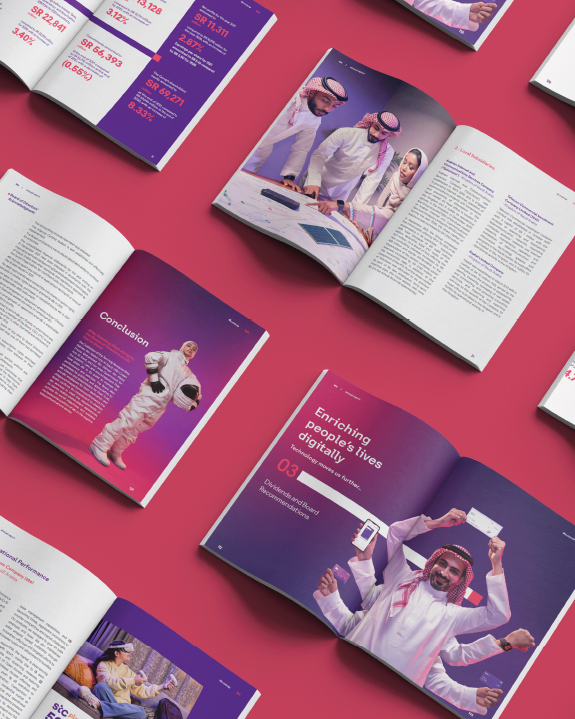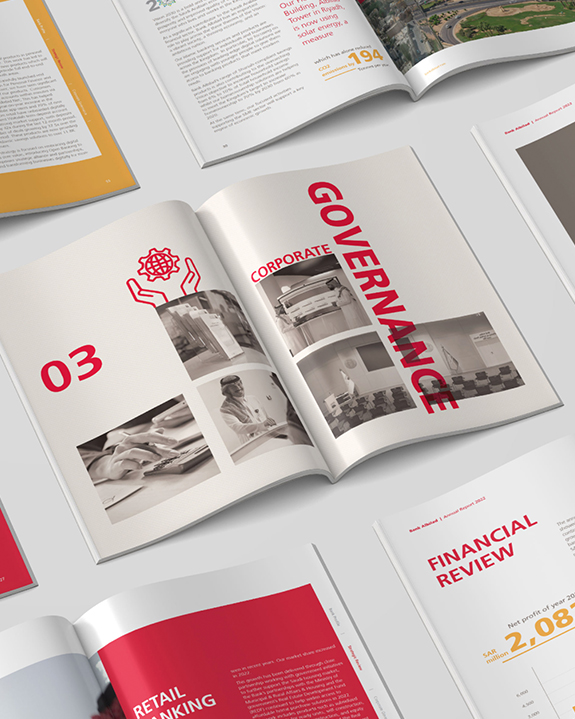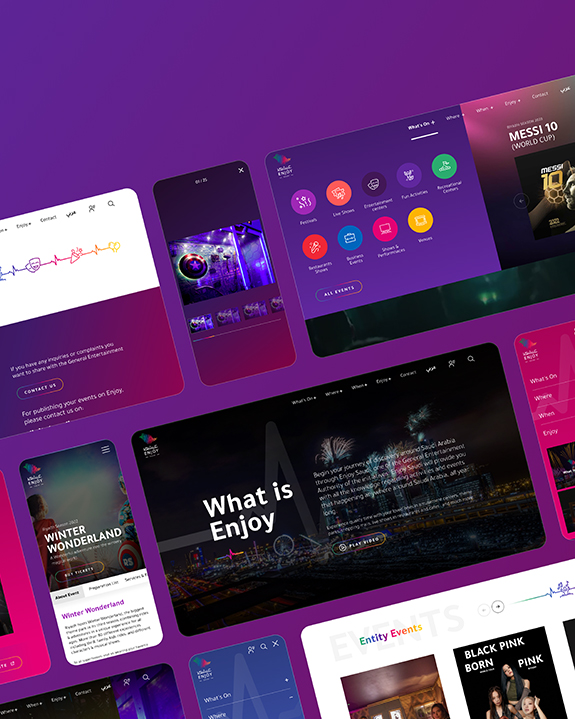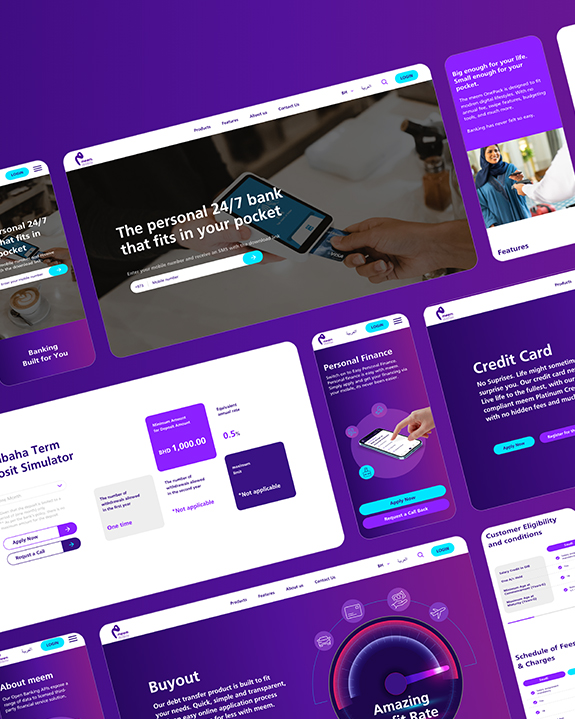Great annual reports are the result of strategy, creativity, and compliance.
They follow clear standards and are built on disciplined, award-level frameworks. Investors use annual reports to allocate capital; they scan for strategy, risk, capital allocation, and year-on-year comparability, and they reward clarity. It might look simple “just list the year’s achievements,” right? Not quite. Investor-ready reports are structured, bilingual, comparable, and assurance-ready. They map cleanly to global standards, align with national priorities, and read like a coherent story of strategy and results.
What this guide covers:
Who actually reads your report, and what each audience scans for first
A proven 6-step framework from theme to launch
Reporting standards to align with, and how to cross-map without duplication
Bilingual parity by design, and how to plan both languages from day one
Design as editorial; layouts, charts, and captions that say what changed and why it matters
Alignment with national goals (e.g., economic diversification, sustainability, innovation) with credible proof
Do/Don’t rules that keep you credible, comparable, and easy to read
Assurance basics, the metric library, controls, and two checkpoints that speed sign-off
Let’s break it down and build a report people trust, every time.
What you need to know (before you start)
Audience drives structure
Write for real readers, not using a template.
Standards create credibility
Map to ISSB/IFRS and GRI, then add local regulatory requirements.
Design is editorial
Layout, hierarchy, and data captions shape understanding.
Bilingual parity is designed in
Plan for both languages from day one.
Digital-first wins
Make it searchable, accessible, and measurable.
Make it searchable, accessible, and measurable.
Most enterprise platforms work. Technically. But that’s not enough.
Users want to feel guided. Informed. Respected. When a flow breaks, when a message feels robotic, or when the Arabic version feels like an afterthought, it creates silent friction.
And over time, that friction becomes distrust. In our work across the region, we’ve seen that trust is built in the details
Why this matters: When you know who’s reading, you know what to foreground and where to place the detail.
The annual-report framework (6 steps you can run)
Step 1 — Strategy Theme Development
What it does:
Defines the single message of the year and how you’ll prove it.
Why it’s important:
Keeps the report coherent across chapters and languages.
Outputs:
Theme line, 3–5 proof pillars, Strategy-on-a-Page (top priorities, outcomes, next steps).
Step 2 — Content Architecture
What it does:
Builds the table of contents and page templates around your pillars.
Why it’s important:
Prevents “content sprawl” and ensures comparability year-on-year.
Outputs:
Chapter structure, KPI list, data owners, cross-link plan to financials/ESG.
Step 3 — Data & Disclosure
What it does:
Collects and verifies financial and non-financial data.
Why it’s important:
Accuracy and assurance depend on definitions, boundaries, and controls.
Outputs:
Metric library (definition, unit, method, boundary, source, owner, frequency, controls), change log, evidence folder.
Step 4 — Creative & Editorial
What it does:
Turns raw material into a readable narrative in both languages.
Why it’s important:
Tone and rhythm signal credibility; captions and pull-outs drive comprehension.
Outputs:
Draft chapters, photo/caption plan, data stories (what changed + why it matters), bilingual headlines and summaries.
Step 5 — Design & Multi-Channel Production
What it does:
Translates content into print-ready and digital formats.
Why it’s important:
Readers skim; good design guides attention and reduces fatigue.
Outputs:
Grid and hierarchy system, charts/infographics, interactive PDF or microsite with search, jump links, and accessibility pass.
Step 6 — Quality, Compliance & Distribution
What it does:
Final checks, approvals, and release across channels.
Why it’s important:
Avoids inconsistencies and last-minute risk.
Outputs:
Legal/compliance sign-off, standards crosswalk, version control log, distribution plan (website, exchange, stakeholder sends).
Pro tip: Set two decision gates: (1) Strategy Gate after Steps 1–2 and (2) Sign-off Gate after Steps 4–5. Gates compress cycles; endless “minor tweaks” expand them.





























